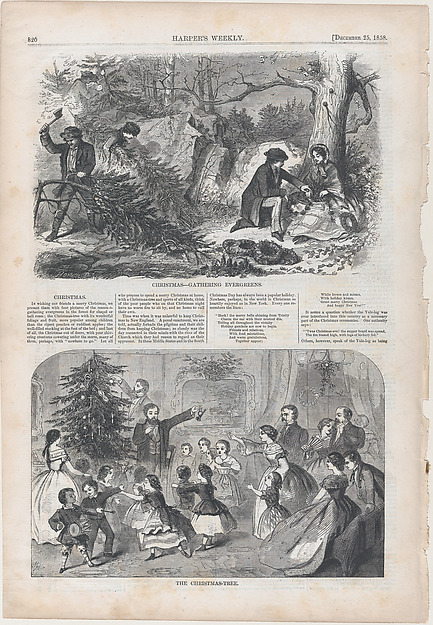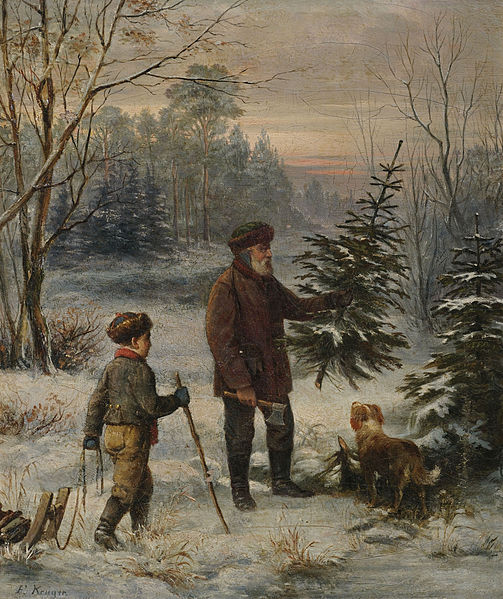| Card table attributed to Duncan Phyfe, c.1815-1825. In The Met. |
At any rate, I ended up teaching a few friends basic whist, and really enjoying Pope Joan/Matrimony. There are a few more games I'd like to try if and when events can ever happen again. A particularly useful reference for the event was Hoye's Games (1857 American edition, original London), which includes the following card games:
- Boaston (a four-player trick-taking game)
- Blink Hookey (4-10+ players, game of chance)
- Whist (four-player, partnered trick-taking game--basically bridge without bidding)
- Quadrille (four player, with a reduced deck)
- Snip, Snap, Snore 'Em (any number of players, card matching)
- Piquet (2 players, deck of 7-Ace)
- Quinze (2 player, game of chance similar to vingt-un)
- Vingt-un (2+ players, more commonly called 21 or blackjack in the present day)
- Lansquenet (any number of players)
- Pharo/Faro (any number of players, special deck)
- Earl of Coventry (any number, card matching)
- Rouge et Noir (any number of players, 6 decks and a special table cloth are needed)
- Cribbage (2 or 4 players, like the modern game)
- Commit (any number of players, card matching with 'stops')
- Matrimony (5-14 players, special board needed)
- Cassino (2-4 players, 1 deck)
- Reversis (4 players, specific number of markers/fish)
- Put (2-4 players)
- Connexions (3-4 players, trick-taking game with diamonds trump and special rules for black aces and the king of hearts)
- All Fours (2 players, 1 pack cards)
- Speculation (many players, 1 pack, whist as a free-for-all)
- Lottery (many players, 2 packs of cards, game of chance)
- Pope or Pope Joan (any number of players, similar to matrimony, need special board)
- Commerce (3-12 players new way, any number the old way; a card-trading game)
- Pam-loo (4-7 players, best with 5 or 6; sort of like poker with only flushes scoring, but then becomes a 5-round trick-taking game if no one has a flush. Also the jack/knave of clubs is wild.)
- Brag (4-8 players; three card poker with jacks and 9s wild)
If the fiction of Mrs. Gaskell, Miss Austen, and Mr. Dickens is anything to go by, card parties are a respectable pastime. Even women gambled at them:
The Bingleys and Hursts play loo after dinner in Pride and Prejudice (1813). The Middletons play cards after dinner, with a party of young ladies specifically playing cassino on one occasion in Sense and Sensibility (1811). Both whist and speculation are played by the Grants in Mansfield Park (1814). Whist and Pope Joan are played by mixed company in The Pickwick Papers (1847). Cranford (1853) sees an almost-exclusively female card party playing Preference. Young teens attend a mixed-company evening card party in Wives and Daughter (1865), with the schedule including twenty-one and some sort of round game (both played for low monetary stakes). Lady Ludlow (1859) even plays cards on Sundays. In The Old Curiousity Shop (1841), Nell's grandfather loses the last of their small savings in an unspecified card game against professional gamblers at an inn; later in the story, cribbage is played by a mixed party of men and women in a private home. A mixed party plays piquet in Domby and Son (1848). Miss Price flirts with Nicholas Nickleby (1839) when they are partnered in an unspecified card game; in the same book, Mr. and Mrs. Kenwigs celebrate their anniversary by hosting a dinner and card party.
In the non-fiction world, 16-year-old diarist Clara Solomon plays Cassino and Quadrille at evening parties with friends and family (New Orleans 1861-1862). Jane Swisshelm refers to a "frontier belle" playing poker with men, not exactly with approbation, in Half a Century (1880, retrospective to 1830). She also associated card-playing with idleness in Letters to Country Girls (1853), in the context of young women presuming to elegance beyond their means. In Richmond, Mary Chestnut mentions friends over to play cards on February 24, 1864.
Additional resources
The Game of Cribbage (1835)
The Handbook of Games (1850) and Bohn's New Handbook of Games (1865)
The Card Player (1864)
Beeton's Handy Book of Games (1865)
The American Card-Player (1881)

















